Environmental Injustice and Asthma
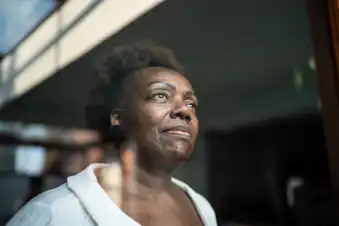
What Is Environmental Injustice?
Environmental injustice, sometimes called environmental racism, is a form of inequality that people of color and those with low incomes face. Simply put, it means living in conditions that expose you to higher levels of health hazards, like allergens in your home and pollution in your community, than other groups. Scientists began documenting environmental injustice in the 1980s after widespread protests over hazardous waste sites in minority communities.
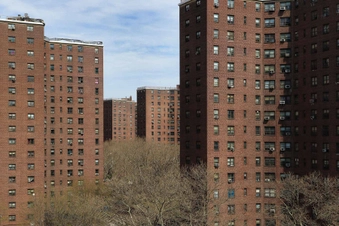
How Did It Happen?
For decades, government land-use policies were written and enforced in such a way that contaminants became concentrated in communities where minorities lived. Other policies kept affordable apartment buildings out of wealthier neighborhoods and led to housing projects that were poorly constructed. This turned many of them into health hazards over time.
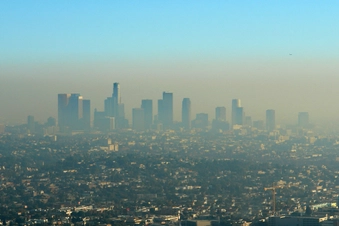
What Is Its Impact on Asthma?
Things in the environment that are known to increase your risk of asthma include:
- Outdoor air pollution
- Indoor air pollution
- Mold and mildew
- Cockroach droppings
- Secondhand smoke
People living in poor and minority communities are more likely to be exposed to all of these things, research has found.

Asthma in People of Color
Of the nearly 28 million Americans with asthma, some 11% are Black and 15% are Puerto Rican, while 8% are white. Compared to White people, Black people are 30% more likely to have asthma, nearly five times as likely to visit an emergency room because of it, and three times more likely to die from asthma complications. Those in minority communities are more likely than others to miss school or work due to asthma. They’re also more likely to have trouble sleeping and doing daily tasks because of their symptoms.

Children of Color Are at Risk
Asthma is a bigger threat to children than adults because their bodies are still developing. Its impact is worse for children of color. A study done in Atlanta found that children living in areas with high environmental injustice had poorer symptom control and worse lung function than those living elsewhere. New York City’s South Bronx – home to busy highways and heavy industry – has been called Asthma Alley. That’s because it has one of the highest rates of asthma hospitalizations and deaths in the U.S.

Environmental Injustice: Outdoor Pollution
People of color are 1.5 times more likely to live in an area with poor air quality than White people, according to the American Lung Association. In addition to toxic dumping that taints water and soil, environmental injustice exposures include air pollution from heavy industry (like refineries) and highways. In urban centers, there’s added pollution from vehicle traffic.

Environmental Injustice: Indoor Pollution
Poor housing conditions are another significant risk factor for asthma and asthma flares. Shoddy or rundown homes expose people to a host of allergens linked to asthma, including cockroaches, rodents, dust mites, and mold. In fact, if all these allergens were eliminated, it’s estimated there would be a 39% decrease in asthma in the U.S. Renters can’t typically make improvements to get rid of asthma triggers and don’t have the means to move to better-quality housing.

Decline in Environmental Enforcement
The nonprofit Environmental Data and Governance Initiative reviews actions by the U.S. Environmental Protection Agency, which is tasked with protecting public health and the environment. It found that from 2017 to 2019, the EPA lost much of its ability to enforce federal environmental laws such as the Clean Air Act. Budget cuts also led to fewer inspections and less enforcement on the state level.

What Can Be Done?
It will take policy reform to stop environmental injustice and the harms it causes. An Asthma and Allergy Foundation report says needed steps include:
- A stronger Clean Air Act with higher standards to lower pollutants like traffic emissions
- Regulations to keep toxic polluters from locating in low-income and minority communities
- Better access to high-quality housing
- Reducing asthma allergens in public housing
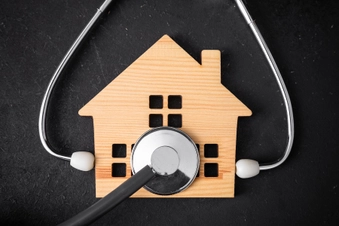
What Has Been Done?
The Biden administration created the Justice40 Initiative, which directs at least 40% of the benefits of federal investments in climate and clean energy to disadvantaged communities. In 2014, the National Center for Healthy Housing partnered with the American Public Health Association to develop a National Healthy Housing Standard. It aims to inform housing policy while providing property managers and others with information on how to boost the health of people in their communities.

Local Efforts Can Make a Difference
Some communities are taking matters into their own hands. New York City passed the Asthma-Free Housing Act in 2018. It calls for property owners to identify and fix indoor allergens in the homes of people with asthma. In Philadelphia, the Community Asthma Prevention Program has made over 20,000 home asthma education and trigger remediation visits. In Los Angeles County, organizations like SmartAirLA and the Long Beach Alliance for Children With Asthma develop policies to protect people from pollutants.
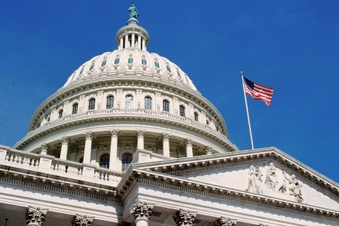
What Can You Do?
You can join the fight for environmental justice by getting involved in shaping policies that affect your community and joining an advocacy group in your area. Contact your senators and representatives and tell them you support federal, state, and local programs that promote environmental justice. You can also be part of the American Lung Association’s Stand Up For Clean Air movement. Its website offers a Healthy Air Activist Toolkit as well as a State of the Air tool that lets you check local air quality.
Show Sources
IMAGES PROVIDED BY:
- E+/Getty Images
- Moment/Getty Images
- E+/Getty Images
- iStock/Getty Images
- E+/Getty Images
- iStock/Getty Images
- iStock/Getty Images
- E+/Getty Images
- iStock/Getty Images
- iStock/Getty Images
- Moment/Getty Images
- Stone/Getty Images
SOURCES:
Mount Sinai Journal of Medicine: “Environmental Justice and the Health of Children.”
U.S. Department of Energy: “Environmental Justice History.”
CDC: “The Status of Asthma in the United States.”
The Journal of Allergy and Clinical Immunology: “Housing and Asthma Disparities.”
U.S. Department of Health and Human Services Office of Minority Health: “Asthma and African Americans.”
Journal of Allergy and Clinical Immunology In Practice: “Environmental Injustice Is Associated With Poorer Asthma Outcomes in School-Age Children With Asthma in Metropolitan Atlanta, Georgia.”
Columbia Center for Environmental Health: “Asthma.”
Teach for America: “Students Combat Air Pollution in Asthma Alley.”
Asthma and Allergy Foundation of America: “2020 Asthma Disparities in America: A Roadmap to Reducing Burden on Racial and Ethnic Minorities.”
American Lung Association: “Environmental Justice and Air Pollution: Addressing the Burden of Air Pollution.”
The White House: “Justice40.”
National Center for Healthy Housing: “National Healthy Housing Standard.”